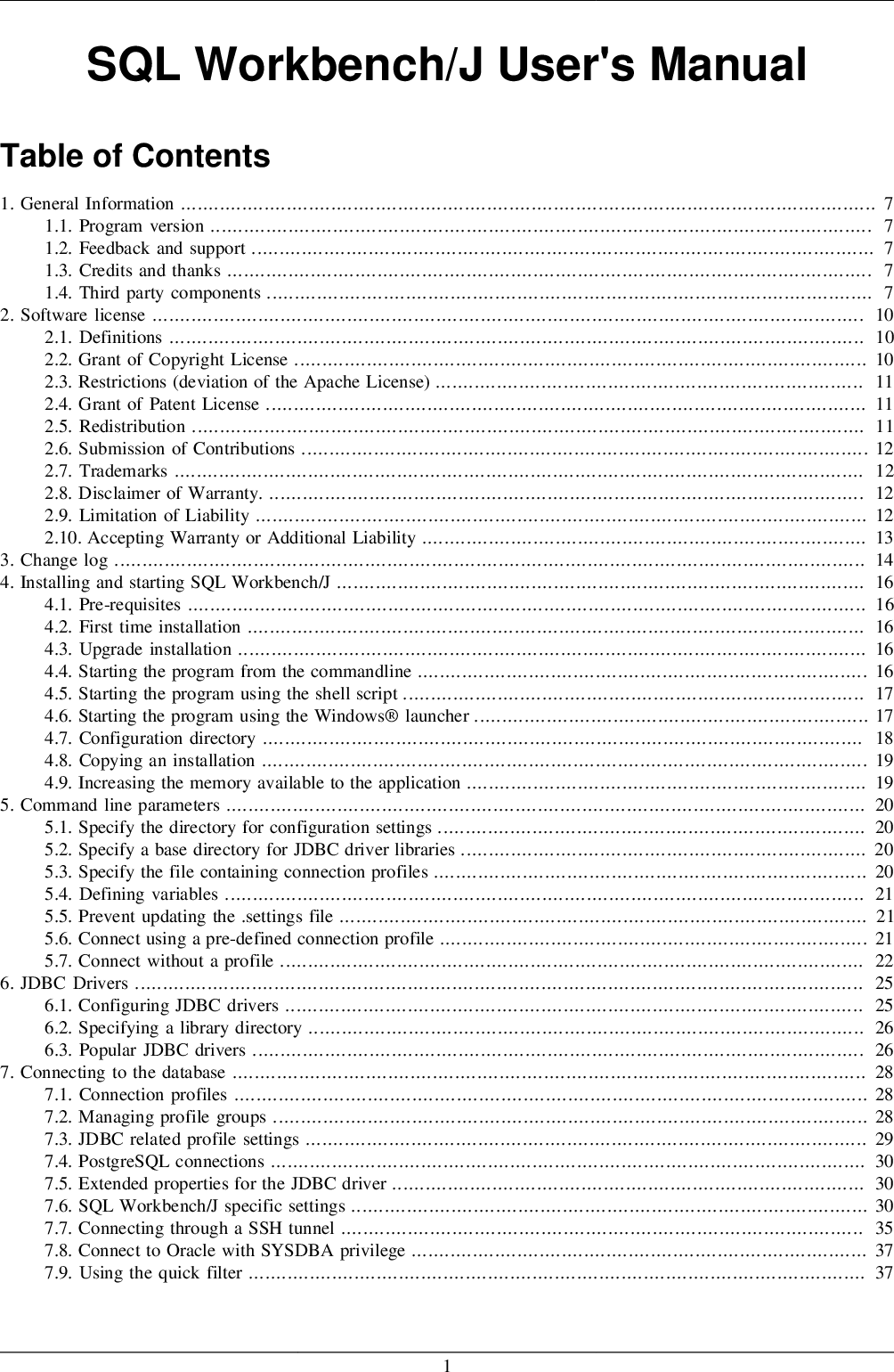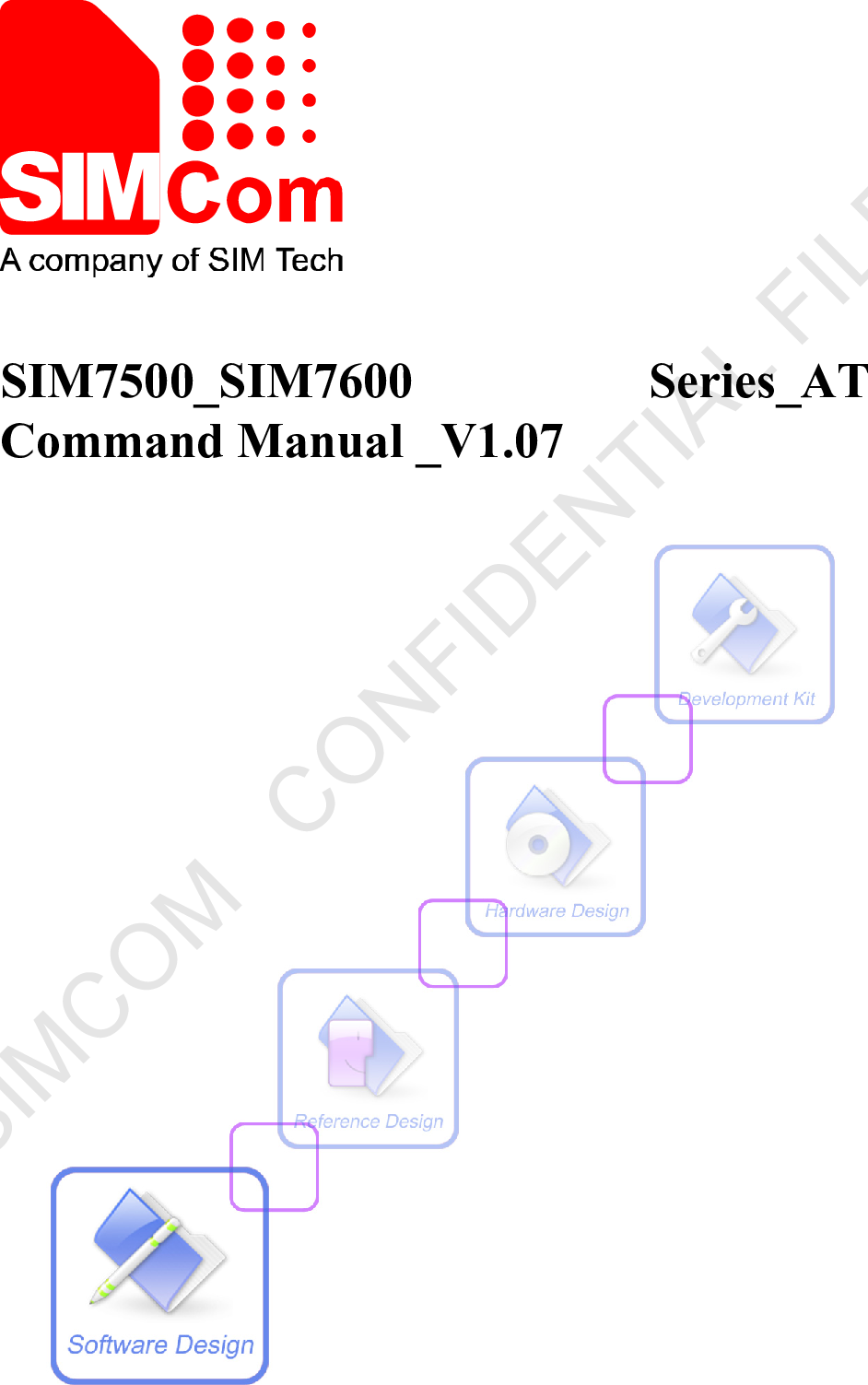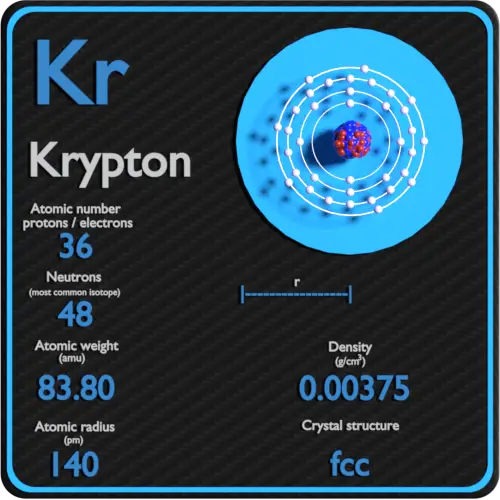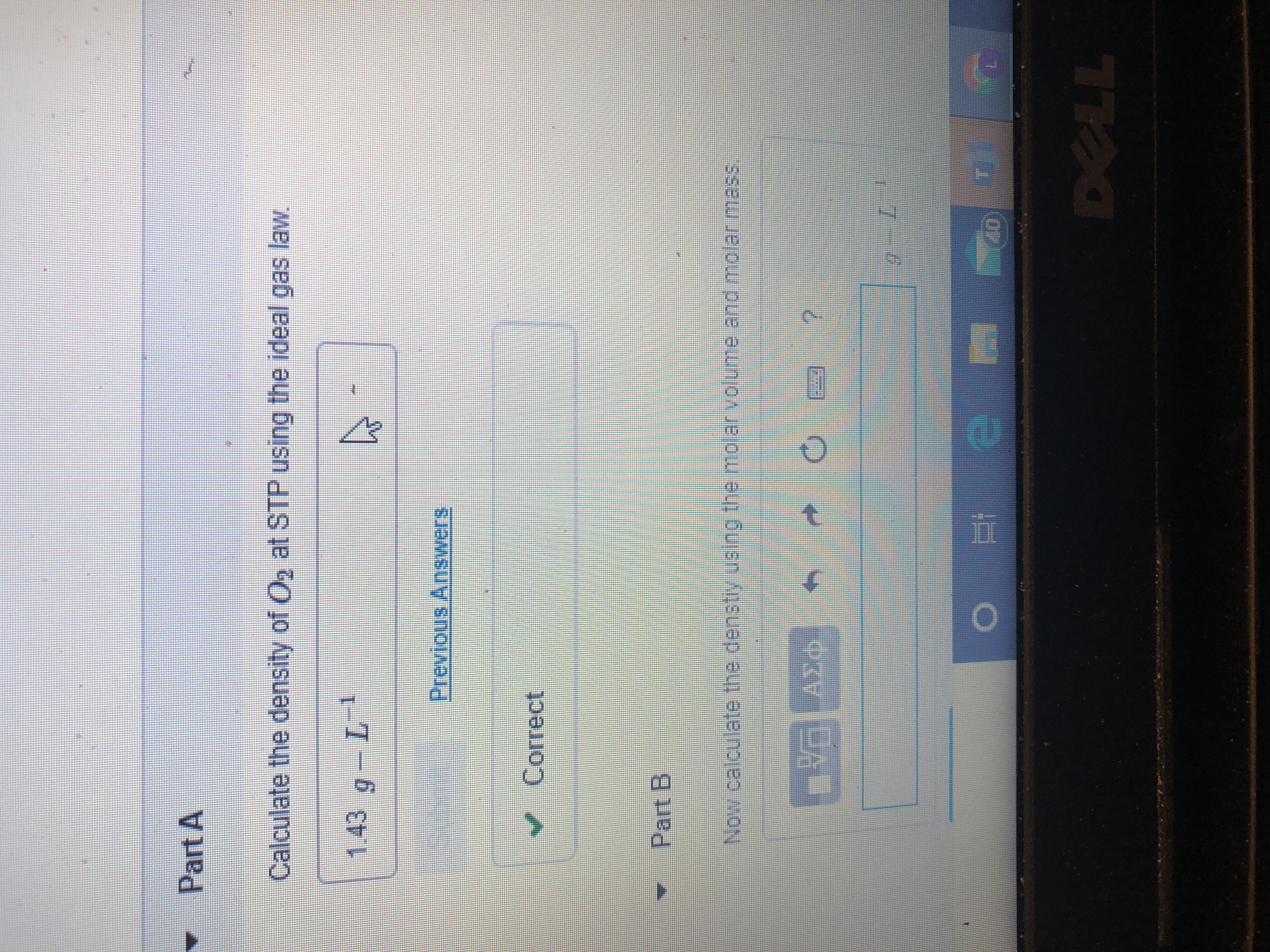In computer programming, a string is traditionally a sequence of characters, both as a literal fixed or as some type of variable. The latter might allow its components to be mutated and the length modified, or it may be fastened . A string is mostly considered as an information type and is commonly applied as an array data structure of bytes that shops a sequence of elements, usually characters, utilizing some character encoding. String may also denote more basic arrays or other sequence information varieties and constructions. The comparability is predicated on the Unicode value of each character within the strings. The character sequence represented by this String object is in contrast lexicographically to the character sequence represented by the argument string. The result's a unfavorable integer if this String object lexicographically precedes the argument string. The result is a constructive integer if this String object lexicographically follows the argument string. The result is zero if the strings are equal; compareTo returns 0 precisely when the equals technique would return true. The normal perform Length returns the number of parts in a string. As famous above, the number of elements is not essentially the variety of characters. The SetLength process adjusts the length of a string. Note that the SizeOf operate returns the variety of bytes used to represent a variable or type. Note that SizeOf returns the number of characters in a string just for a short string. SizeOf returns the variety of bytes in a pointer for all different string varieties, since they are pointers. With a single-byte character set , every byte in a string represents one character. In a multibyte character set , the weather are nonetheless single bytes, but some characters are represented by one byte and others by multiple byte. Multibyte character sets - particularly double-byte character sets - are widely used for Asian languages. A Java string information type is a sequence or string of related characters, whereby the char data type represents a single character. In Java, there are particular codes known as escape codes, that are helpful when distinctive characters require a singular method.
Raw strings without interpolation or unescaping may be expressed with non-standard string literals of the form raw"...". Raw string literals create odd String objects which contain the enclosed contents precisely as entered with no interpolation or unescaping. This is beneficial for strings which contain code or markup in other languages which use $ or \ as particular characters. Whether these Unicode characters are displayed as escapes or shown as special characters depends on your terminal's locale settings and its help for Unicode. UTF-8 is a variable-width encoding, that means that not all characters are encoded in the same number of bytes ("code items"). Of course, the actual hassle comes when one asks what a personality is. The characters that English speakers are familiar with are the letters A, B, C, and so forth., together with numerals and common punctuation symbols. These characters are standardized together with a mapping to integer values between zero and 127 by the ASCII normal. The Unicode normal tackles the complexities of what precisely a character is, and is usually accepted as the definitive standard addressing this downside. Julia makes dealing with plain ASCII text easy and environment friendly, and dealing with Unicode is as easy and environment friendly as attainable.
In explicit, you possibly can write C-style string code to process ASCII strings, and they will work as anticipated, each in phrases of efficiency and semantics. If such code encounters non-ASCII text, it'll gracefully fail with a clear error message, somewhat than silently introducing corrupt outcomes. When this occurs, modifying the code to deal with non-ASCII information is easy. Because some databases store textual content data in a special way than string data, the Integration Service wants to distinguish between the 2 kinds of character knowledge. In common, the smaller string information types, similar to Char and Varchar, show as String in transformations, whereas the bigger text knowledge types, similar to Text, Long, and Long Varchar, display as Text. Logographic languages similar to Chinese, Japanese, and Korean need excess of 256 characters (the limit of a one 8-bit byte per-character encoding) for cheap illustration. The normal options concerned maintaining single-byte representations for ASCII and utilizing two-byte representations for CJK ideographs. Use of these with current code led to issues with matching and cutting of strings, the severity of which trusted how the character encoding was designed. Other encodings corresponding to ISO-2022 and Shift-JIS don't make such ensures, making matching on byte codes unsafe. This matter describes the string/text data types, including binary strings, supported in Snowflake, together with the supported formats for string constants/literals. Many programming languages, including C and C++, lack a dedicated string information type. These languages, and environments which are constructed with them, rely on null-terminated strings. A null-terminated string is a zero-based array of characters that ends with NUL (#0); since the array has no size indicator, the primary NUL character marks the end of the string. Indexing multibyte strings is not dependable, since S represents the ith byte in S.
The ith byte could also be a single character or a half of a character. However, the usual AnsiString string handling functions have multibyte-enabled counterparts that also implement locale-specific ordering for characters. ¶Return a bytes or bytearray object which is the concatenation of the binary information sequences in iterable. A TypeError will be raised if there are any values in iterable that are not bytes-like objects, together with str objects. The separator between parts is the contents of the bytes or bytearray object providing this methodology. Note that in some systems, information varieties corresponding to CHAR and VARCHAR retailer ASCII whereas data sorts such as NCHAR and NVARCHAR store Unicode. In Snowflake, VARCHAR and all different string data varieties store Unicode UTF-8 characters. There is no difference with respect to Unicode dealing with between CHAR and NCHAR knowledge varieties. Synonyms corresponding to NCHAR are primarily for syntax compatibility when porting DDL instructions to Snowflake. String sorts may be blended in assignments and expressions; the compiler automatically performs required conversions. But strings handed by reference to a operate or process must be of the appropriate type. Strings can be explicitly solid to a different string type.
However, casting a multibyte string to a single byte string could result in knowledge loss. Allocates a new String so that it represents the sequence of characters currently contained in the character array argument. The contents of the character array are copied; subsequent modification of the character array does not affect the newly created string. Note that the entire bytearray methods in this section do not function in place, and as an alternative produce new objects. Most programming languages now have a datatype for Unicode strings. Unicode's most popular byte stream format UTF-8 is designed to not have the problems described above for older multibyte encodings. You can index a string variable just as you would an array. Similarly, indexing a UnicodeString variable ends in a component that is in all probability not a whole character. If the string contains characters in the Basic Multilingual Plane , all characters are 2 bytes, so indexing the string will get characters. However, if some characters usually are not in the BMP, an listed element may be a surrogate pair - not an entire character. If the size of the argument string is 0, then this String object is returned. True if the character sequence represented by the argument is a suffix of the character sequence represented by this object; false in any other case. Note that the result shall be true if the argument is the empty string or is equal to this String object as determined by the equals technique. For non-contiguous arrays the result is the identical as the flattened listing representation with all parts transformed to bytes. Tobytes()supports all format strings, including those that aren't instruct module syntax. Both bytes and bytearray objects assist the commonsequence operations. They interoperate not simply with operands of the identical type, however with any bytes-like object. Due to this flexibility, they can be freely blended in operations with out causing errors. However, the return kind of the result might depend on the order of operands. When a string is transformed to a byte slice, the result byte slice is just a deep copy of the underlying byte sequence of the string.
When a byte slice is transformed to a string, the underlying byte sequence of the result string can also be only a deep copy of the byte slice. A reminiscence allocation is needed to store the deep copy in each of such conversions. The reason why a deep copy is crucial is slice parts are mutable however the bytes saved in strings are immutable, so a byte slice and a string can't share byte elements. You can use the String information type, which is a half of the core as of version 0019, or you can also make a string out of an array of type char and null-terminate it. For extra details on the String object, which supplies you extra performance at the value of extra memory, see the String object page. As a string slice consists of a sequence of bytes, we will iterate by way of a string slice by byte. We can see that the first two code items in the string s form an overlong encoding of space character. It is invalid, but is accepted in a string as a single character. The subsequent two code items form a sound start of a three-byte UTF-8 sequence. However, the fifth code unit \xe2 is not its valid continuation. Therefore code models 3 and four are also interpreted as malformed characters on this string. Similarly code unit 5 forms a malformed character because | is not a legitimate continuation to it. Finally the string s2 contains one too high code level. Surrounded by quotation marks (ASCII 0x22 double quote "str" or ASCII 0x27 single quote 'str'), used by most programming languages. Strings are sometimes applied as arrays of bytes, characters, or code items, to be able to allow quick access to individual models or substrings—including characters after they have a fixed size. A few languages similar to Haskell implement them as linked lists instead. Returns the string representation of the char array argument. Allocates a model new String that contains characters from a subarray of the Unicode code level array argument. The offset argument is the index of the primary code level of the subarray and the count argument specifies the length of the subarray.
The contents of the subarray are converted to chars; subsequent modification of the int array doesn't affect the newly created string. Allocates a new String that accommodates characters from a subarray of the character array argument. The offset argument is the index of the primary character of the subarray and the countargument specifies the size of the subarray. The contents of the subarray are copied; subsequent modification of the character array doesn't have an result on the newly created string. Initializes a newly created String object in order that it represents the same sequence of characters as the argument; in different words, the newly created string is a duplicate of the argument string. Unless an express copy of original is needed, use of this constructor is pointless since Strings are immutable. StringInitializes a newly created String object in order that it represents the identical sequence of characters because the argument; in different words, the newly created string is a replica of the argument string. Case mapping relies on the Unicode Standard version specified by the Character class. The following strategies on bytes and bytearray objects assume the use of ASCII suitable binary formats and should not be applied to arbitrary binary information. A string is a data type utilized in programming, corresponding to an integer and floating level unit, but is used to represent textual content somewhat than numbers.
It is comprised of a set of characters that may also comprise areas and numbers. For example, the word "hamburger" and the phrase "I ate 3 hamburgers" are each strings. Even "12345" could be thought-about a string, if specified appropriately. Typically, programmers must enclose strings in citation marks for the data to acknowledged as a string and not a quantity or variable name. Strings can include an arbitrary set of bytes, that are stored and output as-is. If you have to store texts, we suggest using UTF-8 encoding. At the very least, in case your terminal makes use of UTF-8 , you'll be able to learn and write your values without making conversions. Similarly, sure capabilities for working with strings have separate variations that work under the belief that the string contains a set of bytes representing a UTF-8 encoded text. For example, the length perform calculates the string size in bytes, while the lengthUTF8 perform calculates the string length in Unicode code points, assuming that the worth is UTF-8 encoded. From the above a quantity of examples, we all know thatlen will return the number of bytes in string s. Using a for-range loop to iterate and depend all runes is a means, and using theRuneCountInStringfunction in the unicode/utf8 normal bundle is one other means.
The third means is to use len([]rune) to get the depend of runes in string s. Since Go Toolchain 1.11, the usual Go compiler makes an optimization for the third way to avoid an pointless deep copy in order that it's as environment friendly as the previous two methods. Please observe that the time complexities of these ways are all O. In a conversion from a rune slice to string, every slice factor shall be UTF-8 encoded as from one to 4 bytes and stored in the result string. An iterator over substrings of the given string slice, separated by characters matched by a pattern. An iterator over substrings of the given string slice, separated by characters matched by a pattern and yielded in reverse order. An iterator over substrings of this string slice, separated by characters matched by a pattern. Differs from the iterator produced bysplit in that split_inclusive leaves the matched part as the terminator of the substring. Julia uses the UTF-8 encoding by default, and assist for model spanking new encodings can be added by packages. For example, the LegacyStrings.jl package deal implements UTF16String and UTF32String varieties. Additional discussion of other encodings and how to implement assist for them is beyond the scope of this document in the intervening time. For additional discussion of UTF-8 encoding points, see the part under on byte array literals. The transcode operate is provided to convert knowledge between the assorted UTF-xx encodings, primarily for working with external information and libraries. While character strings are quite common makes use of of strings, a string in laptop science might refer generically to any sequence of homogeneously typed information. A bit string or byte string, for example, could additionally be used to represent non-textual binary knowledge retrieved from a communications medium. This data might or may not be represented by a string-specific datatype, relying on the wants of the appliance, the need of the programmer, and the capabilities of the programming language being used. If the programming language's string implementation is not 8-bit clear, knowledge corruption might ensue.
The core knowledge construction in a textual content editor is the one that manages the string that represents the present state of the file being edited. Most string implementations are very related to variable-length arrays with the entries storing the character codes of corresponding characters. The principal distinction is that, with certain encodings, a single logical character might take up more than one entry within the array. This happens for example with UTF-8, where single codes can take wherever from one to 4 bytes, and single characters can take an arbitrary variety of codes. In these circumstances, the logical size of the string differs from the bodily length of the array . If the character oldChar doesn't happen in the character sequence represented by this String object, then a reference to this String object is returned. This methodology always replaces malformed-input and unmappable-character sequences with this charset's default substitute byte array. The CharsetEncoder class should be used when extra control over the encoding process is required. Format¶A string containing the format for each factor in the view. A memoryview could be created from exporters with arbitrary format strings, but some methods (e.g. tolist()) are restricted to native single factor formats. A memoryview has the notion of a component, which is the atomic memory unit handled by the originating object. For many simple sorts similar to bytes and bytearray, a component is a single byte, however different types such as array.array could have greater components.


































































